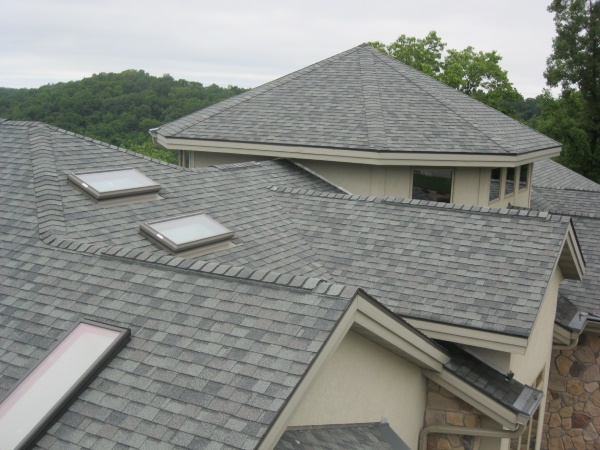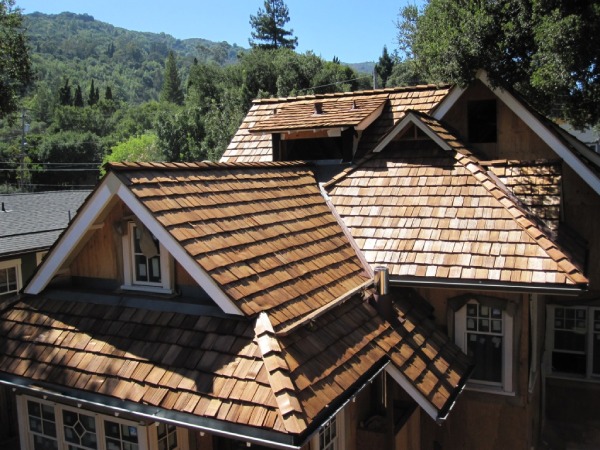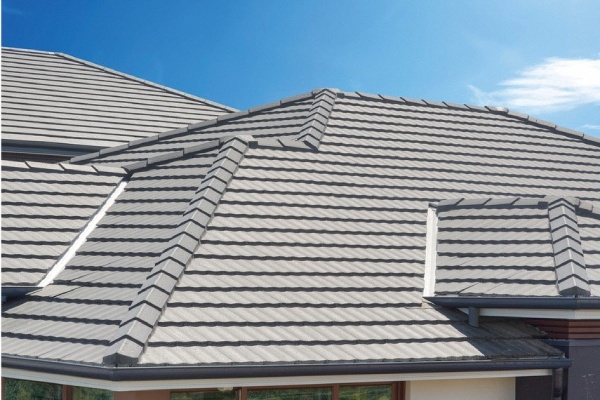Roofs are crucial components of homes and businesses. In many cases, the roof covers more square footage than any other part of the structure including floor. It’s also primarily responsible for protecting the building against the elements. Numerous types of roofing materials are available these days. Each one has its own all the weather distinct set of benefits and disadvantages.
Most types of roofing are highly efficient and long-lasting under certain circumstances. That said, not all of them are right for all climates. If you’re looking for a new roof, consider the seven most popular roofing materials and their strong suits before making your final decision. From affordable metal roofing to charming cedar shakes, at least one of them is bound to meet all your needs.
Different Types of Roofing Materials
01. Asphalt Shingles Roof for Humid and Cold Climate

Asphalt shingles are the most popular roofing alternative across the developed nations, particularly US, because of their many advantages. They’re affordable, durable, and can last 25 years or more with proper care and maintenance. Several grades are available, some of which are thicker and stronger than others. Heavy-duty varieties are recommended for areas with frequent storms and high winds. They’ll hold up to high levels of humidity as long as they’re treated with algaecides. They’re also great for areas with somewhat cooler weather because they can draw in heat.
02. Metal Roofing – Suitable for Hot and Cold Climate

Metal roofing is also a highly sought-after option. It’s more expensive than asphalt shingles, but it also lasts much longer. In some cases, it’ll last as long as 75 years. Metal roofing allows snow and ice to slide off more readily than textured materials, so it works well in areas that are notorious for winter storms. It’s also perfect for hot, humid climates since it resists moisture and reflects heat. According to a top Atlanta roofing company, metal roofs are a great option in places like Georgia to keep homes cooler during the hot summers.
03. Wood Shingles and Shakes – Best Roof Option for Cold Region

Experts often recommend wood shingles and shakes for colder areas. By some accounts, these materials can provide twice the insulative value as asphalt shingles. They also resist wind, rain, and hail because of their weight and thickness. Wood roofing isn’t a suitable option for areas with high humidity because the constant exposure to moisture can cause them to mold and split.
04. Clay Tiles – Roof for Hot and Humid Climate

Available in various colors and styles, clay tiles give homes a beautiful, rustic look. This type of roofing is often found on homes in hot, humid, and tropical areas. While clay tiles certainly meld well with the styles of homes often seen in such climates, they’re also perfect for the types of weather those areas are known for. Clay reflects heat and resists the elements well. This was one of the most popular roofing in part of India and other South East countries, before the RCC slabs almost replaced them.
05. Slate Roof – Suitable Roofing Type for All Climate Changes

Slate roofing can last 150 years or more. It’s natural, efficient, fire resistant, and immune to the effects of heat, cold, moisture, and humidity. All these traits make it perfect for virtually all climates. Keep in mind, though, slate is fairly heavy when compared to other materials. You may need to have the roof reinforced before having slate roofing installed.
06. Rubber Roof – For Hot and Cold Climate

When considering roofing materials, most homeowners probably don’t think of rubber. It’s quickly becoming a popular choice, though, because of its efficiency, resiliency, and affordability. Rubber roofing can be designed to resemble other materials, such as clay, slate, and wood. It’s recommended for both hot and cold climates.
07. Concrete Tiles – Roof for Hot Climate

Concrete can be a heavy material for roofing, but it’s also comparatively inexpensive, heat and fire resistant, and durable. It’s considered a perfect roof for hot climates because it doesn’t absorb heat quickly. Concrete tiles can be fashioned to mimic several other types of roofing.
Bottom Line
Many types of roofing are on the market. Some are available in varying grades to make them more suitable for diverse climates. Still, it’s best to consider the benefits and disadvantages of each alternative before deciding which one is best for your roof.
You may also like to read other articles related roofing types, refer:
Patio Roof Materials: Know its Various Types & How to Choose?
Image Courtesy: Image 8
